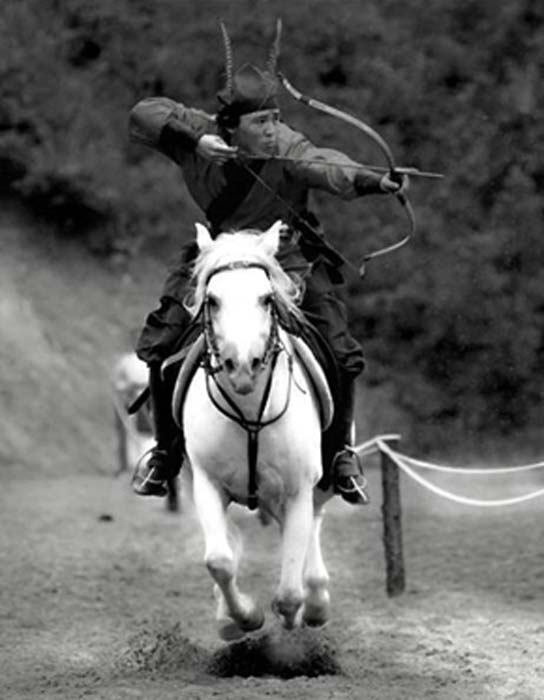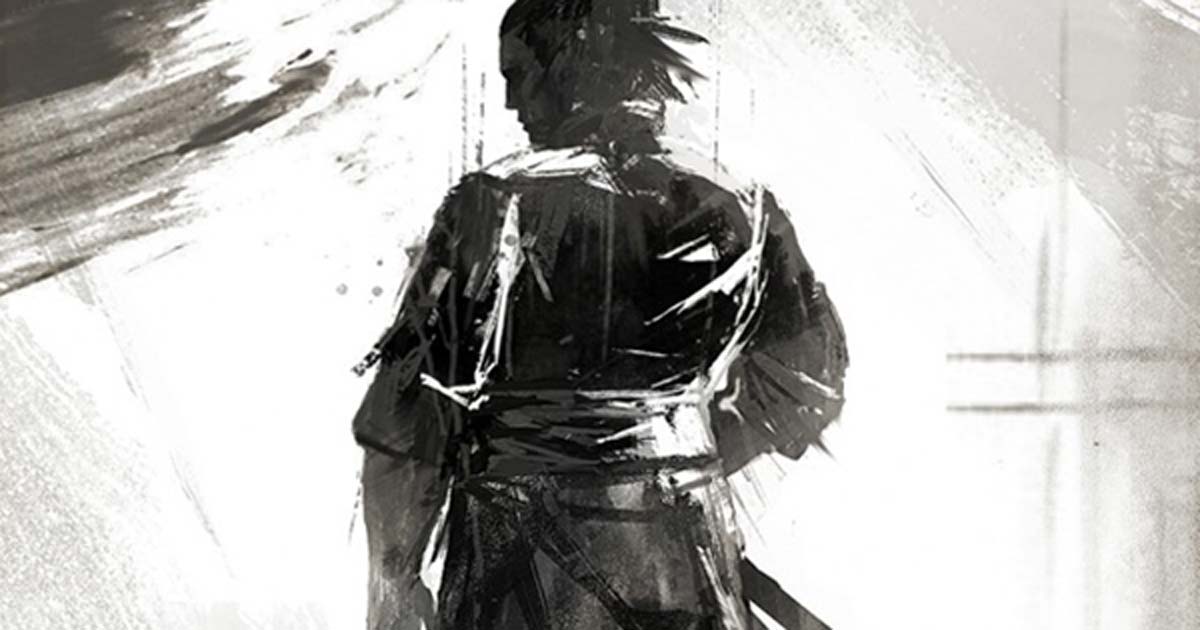Hwarang, The ‘Flowering Knights’ of Korea: Deadly Warriors That Looked and Smelled Good!
The Hwarang were an extraordinary group of ancient knights from Silla – one of 3 kingdoms in the region of the Korean peninsula. They were an elite sect, chosen from high society families whilst still in their childhood to train as elite warriors. Educated to the highest standards and with a code of conduct that called for them to maintain honor in their encounters, this band of warriors was not all bravado and machismo. These boys were well-bred, well-groomed and, if you believe how they are portrayed in the recent South Korean drama-romance series, seem very much in tune with their feminine side. But what truth do we know of the reputedly both noble and beautiful ‘Flowering Knights’?
The Enigma of the Hwarang
The Hwarang (which has been translated variously as ‘Flowering Youth’, ‘Flower Boys’, and ‘Flowering Knights’) was an organization for elite young males that existed in Silla, an ancient kingdom that ruled over the southern and central parts of the Korean Peninsula from the 1 st century BC to the 10 th century AD. Although the Hwarang is often perceived as being solely a military organization, some have argued that members of this society also served a religious and educational function in Silla.

A modern-day Korean representing a Silla Hwarang (Public Domain)
The word ‘Hwarang’ is a combination of two words, ‘hwa’, which means ‘flower’, and ‘rang’, which is a general term for ‘man’ (not necessarily meaning specifically a boy or a youth). It has been stated that there is a lack of primary sources that describe the hwarang. Nevertheless, there is secondary literature that draws heavily from primary sources that have since been lost to time. These works deal mainly with the organization of the hwarang or the religious associations that they had. As a result, one of the hotly-debated topics amongst scholars who study the hwarang is the true function of this organization. Whilst some are of the opinion that the hwarang served a purely military role in the society of Silla, others argue that it had a primarily religious function instead.
- The Powerful Hwacha: An Early Korean Rocket Launcher
- Wearing it, Smoking it, or Selling it? The Hazy History of Cannabis in Ancient Korea
- The Legendary Founder of Korea, Dangun Wanggeom

Golden hat or crown from the Korean Silla Kingdom, Cheonmachong in Gyeongju, Korea (CC BY 2.0)
A Female Prequel to the Hwarang
According to the available sources, the hwarang was founded during the 6 th century BC. Prior to its foundation, there was another institution, known as the Wonhwa (meaning ‘original flowers’), that was similar to the hwarang. The Wonhwa consisted of females, and was divided into two bands, which were led by two women, Nammo and Junjeong. These two leaders soon grew jealous of each other, leading to the murder of Nammo by Junjeong. The latter was executed for her crime, and the Wonhwa was disbanded.

Location of Silla on the Korean peninsula (CC BY-SA 3.0)
The Hwarang Boys Academy
Later on, the king of Silla wanted to strengthen his country, and hence decided to form another organization like the Wonhwa. This time, however, members of this institution were chosen from boys of aristocratic birth and who were of good morals. Thus, the hwarang came into existence. It has been suggested that the hwarang was established so that the most talented youths of the aristocracy could be selected, and trained up in order to serve in the state apparatus later on. It has been pointed out that many well-known generals and political figures had been hwarang during the earlier part of their lives. As for the reputation they had for being beautiful, they were reported to take great care with their appearance, in what might be termed in moderity as a metro-sexual fashion, wearing both cosmetics and fine clothes. They were also said to burn incense, thus creating a fine fragrance as they traveled their adventurous path.

Damyeom-ripbon-wang-heedo (唐閻立本王會圖). 6th century, China. Envoys visiting the Tang Emperor. From left to right: Wa (Japan), Silla (center) ambassadors (Public Domain)
The sources state that the hwarang often met in places of great natural beauty, especially sacred mountains and rivers, to sing and dance. Another important activity of the hwarang was religious studies. This was a combination of Buddhism, Confucianism, and Taoism, as well as (possibly) some elements of shamanism that has been practised in the Korean peninsula long before the coming of the other three. Moreover, the hwarang were required to train in the art of war, thus preparing them to serve as warriors when it was needed. The renowned Silla general, Kim Yushin, for instance, had been a hwarang. His military campaigns aided Silla in its endeavour to unify Korea, and is best known for successfully leading the campaign against Baekje (also spelled as Paekche), a rival kingdom.
- Looking for the Origins of the Mysterious Dolmens of Korea
- Shocking Discovery Shows Ancient Koreans were Sacrificed for Building Project
- A Stone ‘Throne’: 8th Century Toilet Unearthed at Korean Palace Complex

A statue of General Kim Yusin at Hwangseong Park in Gyeongju, North Gyeongsang province, South Korea (CC BY-SA 3.0)
The Hwarang Code
The hwarang also studied texts containing the rules of ethical behaviour. These writings are the Five Relationships, the Six Arts, the Three Scholarly Occupations, and the Six Ways of Government Service. Of these, the Five Relationships may be said to be a major component of the hwarang code of conduct. This was created by a monk by the name of Wongwang, and contained elements of Buddhism and Confucianism. The Five Relationships are as follows:
1. To serve the king with loyalty.
2. To serve one's parents with loyalty.
3. To always show loyalty to one's friends.
4. To never retreat in battle.
5. To never kill unnecessarily.
The hwarang would eventually diminish in importance, and disappear almost completely from history. Nevertheless, the rise of Korean nationalism, as well as the discovery of a manuscript entitled The Chronicles of the Hwarang during the 1980s sparked a renewed interest in the hwarang. The popularity of the hwarang is visible in Korean society today. The Taekwondo pattern called Hwa-rang, for instance, was named in honour of the hwarang, whilst a Korean television series called Hwarang: The Poet Warrior Youth, was aired between 2016 and 2017.
Top image: Ninja warrior. Credit: Juhani Jokinen. Visit his page at Concept Art World.
By Wu Mingren
References
bibimgirl, 2016. The Original Flower Boys: Hwarang-do 화랑도. [Online]
Available at: http://koreanhistoricaldramas.com/hwarang/
Lazore, C., 2014. The Hwarang Warriors - Silla's Flower Boys. [Online]
Available at
New World Encyclopedia, 2014. Hwarang. [Online]
Available at: http://www.newworldencyclopedia.org/entry/Hwarang
www.natkd.com, 2017. History of the Hwarang. [Online]
Available at: http://www.natkd.com/legend_of_the_hwarung.htm




















Comments
DHWTY:
Interesting article. An academic friend of mine, Maurizio Riotto (formerly of the ‘Univ. of Naples, Italy’) of Anyang University in Korea, has written an in-depth article on the ‘Hwarang’ just a few years ago. If you havent’ seen it, you may wish to get a copy of: “The Place of Hwarang Among the Special Corps of Antiquity,” ‘The Journal of Northeast Asian History’ Vol. 92 (2012): 99-155.
Dr. Dan